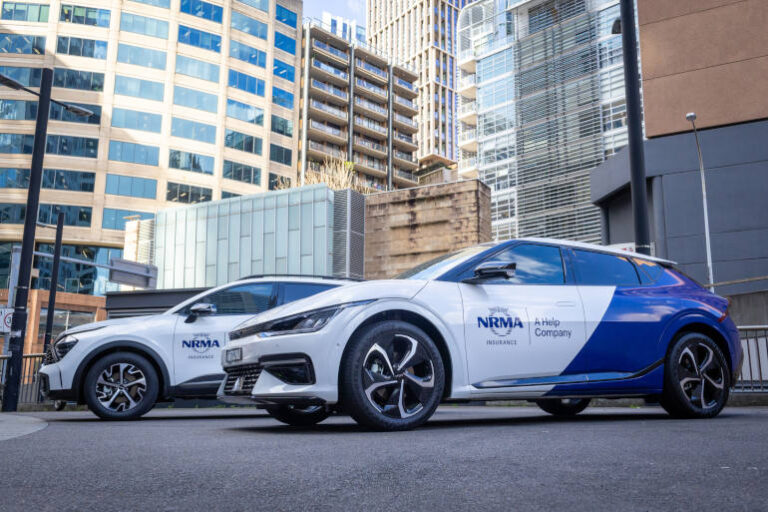JET Charge is helping Australia’s largest general insurer, IAG, as it transitions its tool of trade fleet of around 650 fossil-fuel-powered vehicles to electric or hybrid electric models.
As businesses look for impactful, efficient and financially viable ways to achieve Net Zero goals, JET Charge launched the fleet transition project under a subsidised program with the Australian Renewable Energy Agency (ARENA). To date, JET Charge has completed over 12,000 charging deployments at workplaces and company homes across Australia, making the company the leading service provider for EV fleet transitions in the country.
“Our end-to-end charging as a service (CaaS) solution tackles the operational complexities for companies that want to decarbonise,” says Tim Washington, CEO and Co-founder of JET Charge. “We want to unlock fleet electrification at scale, and by installing, monitoring and maintaining all charging infrastructure between workplaces and employees’ homes, we’re removing a huge amount of legwork in all stages of the transition.”
As part of IAG’s goal to become a net zero insurer by 2050, it recognised that transitioning its tool of trade fleet to electric and hybrid electric vehicles was one of the most impactful ways to effectively reduce its scope 1 emissions.
IAG’s Head of Sustainability, Lee McDougall said, ”we know that to better support our customers and the communities we serve, we must continue to identify, understand and manage our own climate risk. We’ve set a target to transition our tool of trade fleet to electric and hybrid electric vehicles by the end of FY30, and are delighted to have JET Charge assisting with this transition.”
IAG ran a 12-month EV pilot program with employees based in rural and metro locations, with the program confirming the practicalities of EVs for IAG’s frontline drivers. JET Charge hopes leading Australian companies will follow IAG’s best practice and embrace the transition to EV fleets.
The government subsidy offers JET Charge’s charging as a service solution, at a 30% reduction for the first companies to transition their fleets. This addresses the barrier-to-entry for fleet managers by removing high upfront costs and ongoing complexity of operating charging infrastructure.
By installing domestic chargers in employee homes, workers have a practical and convenient charging solution which supports their business and personal vehicle usage. “This is the beginning of fleet electrification at scale,” says Washington. “By helping employees adopt EVs in the process of corporate fleet transitions, we can significantly reduce Australia’s vehicle emissions.”
The company is aiming to install 3000+ chargers between workplaces and employee homes under the subsidised ARENA program.






